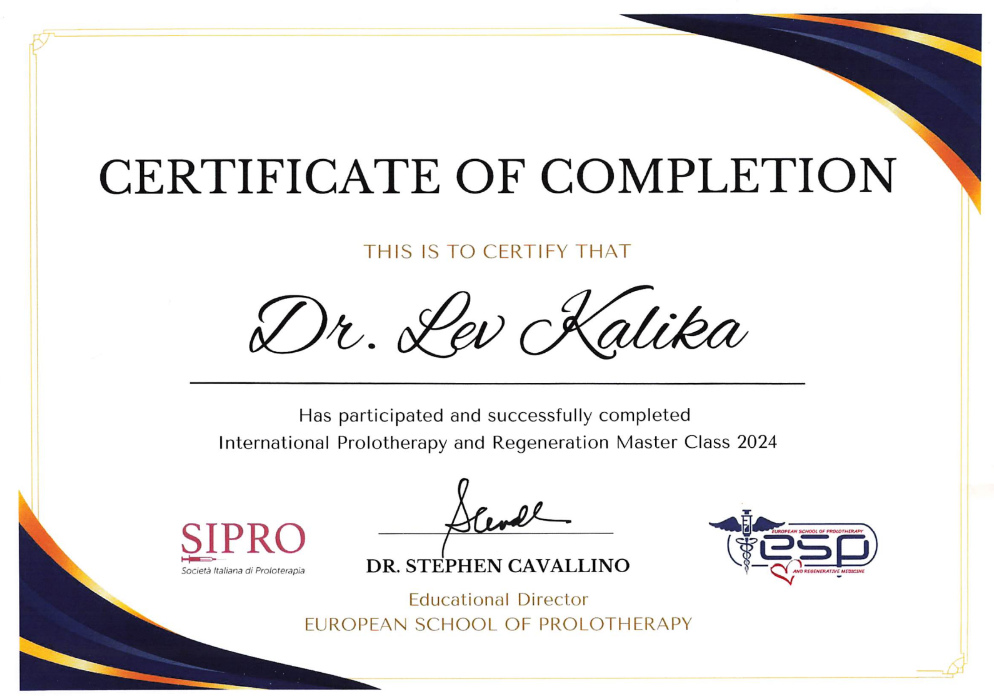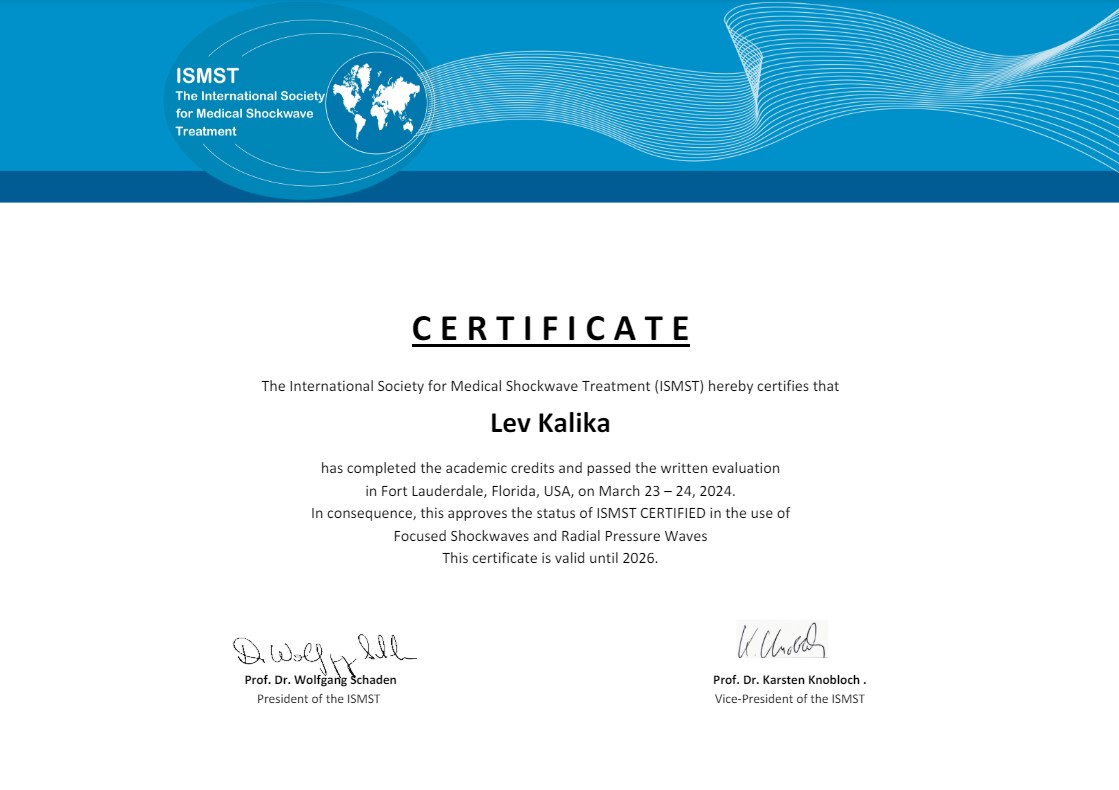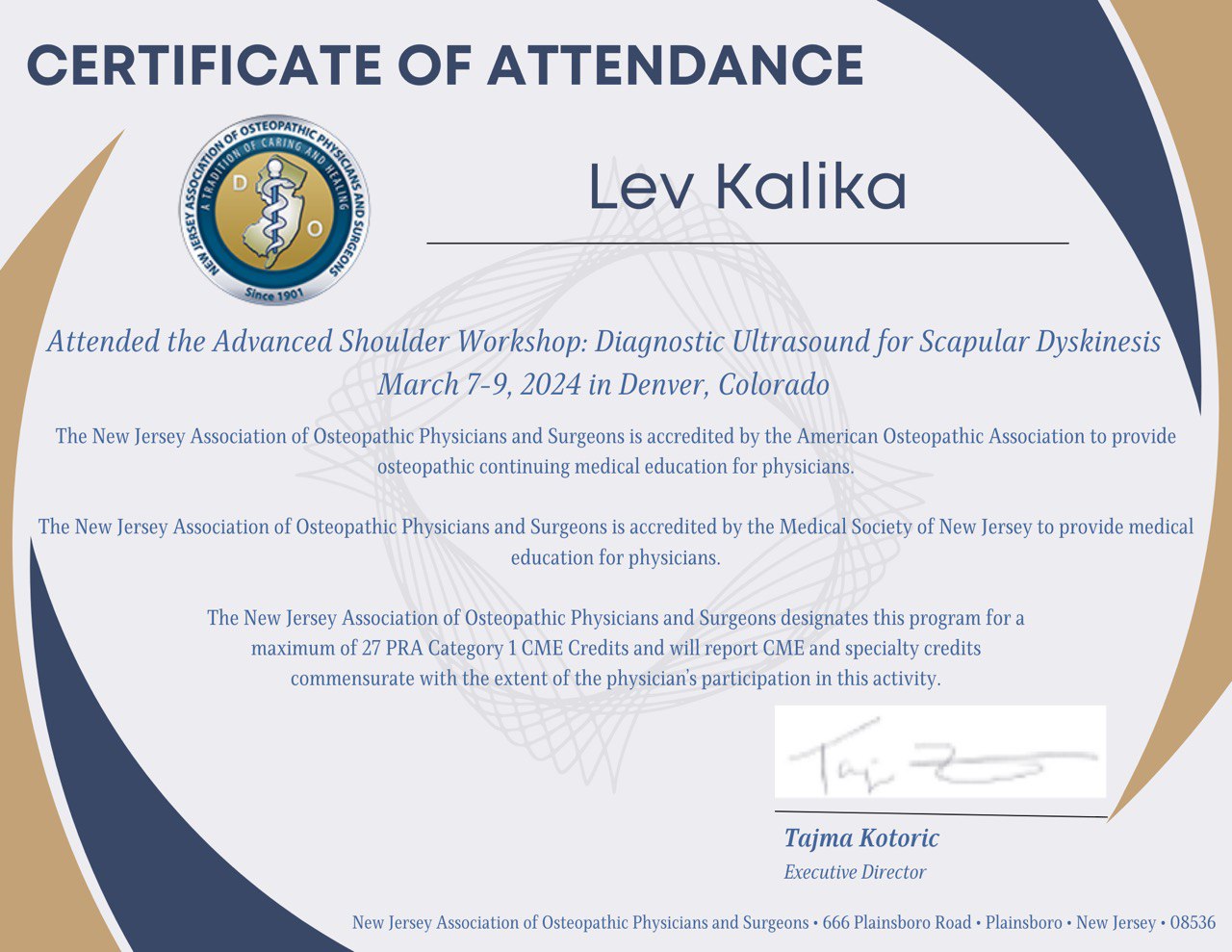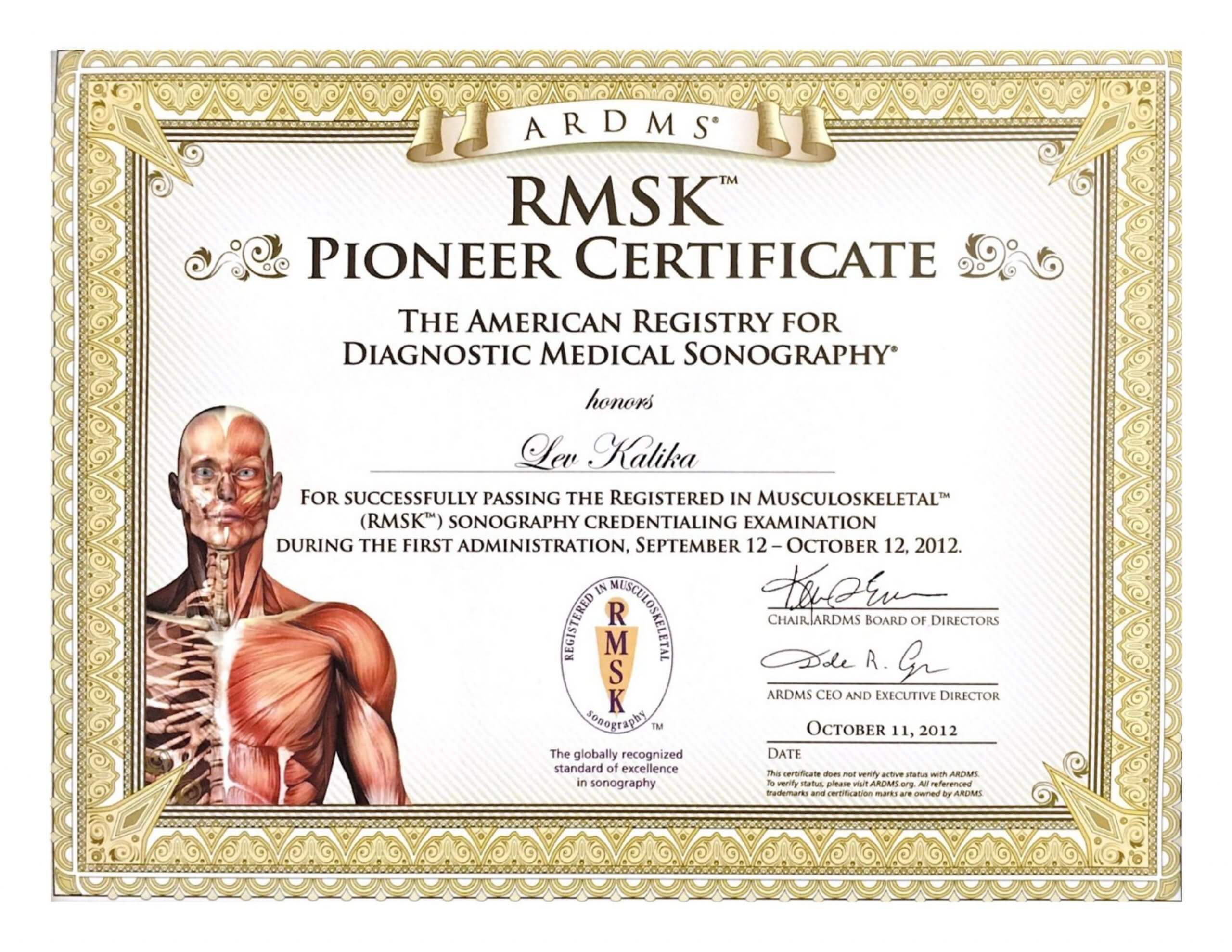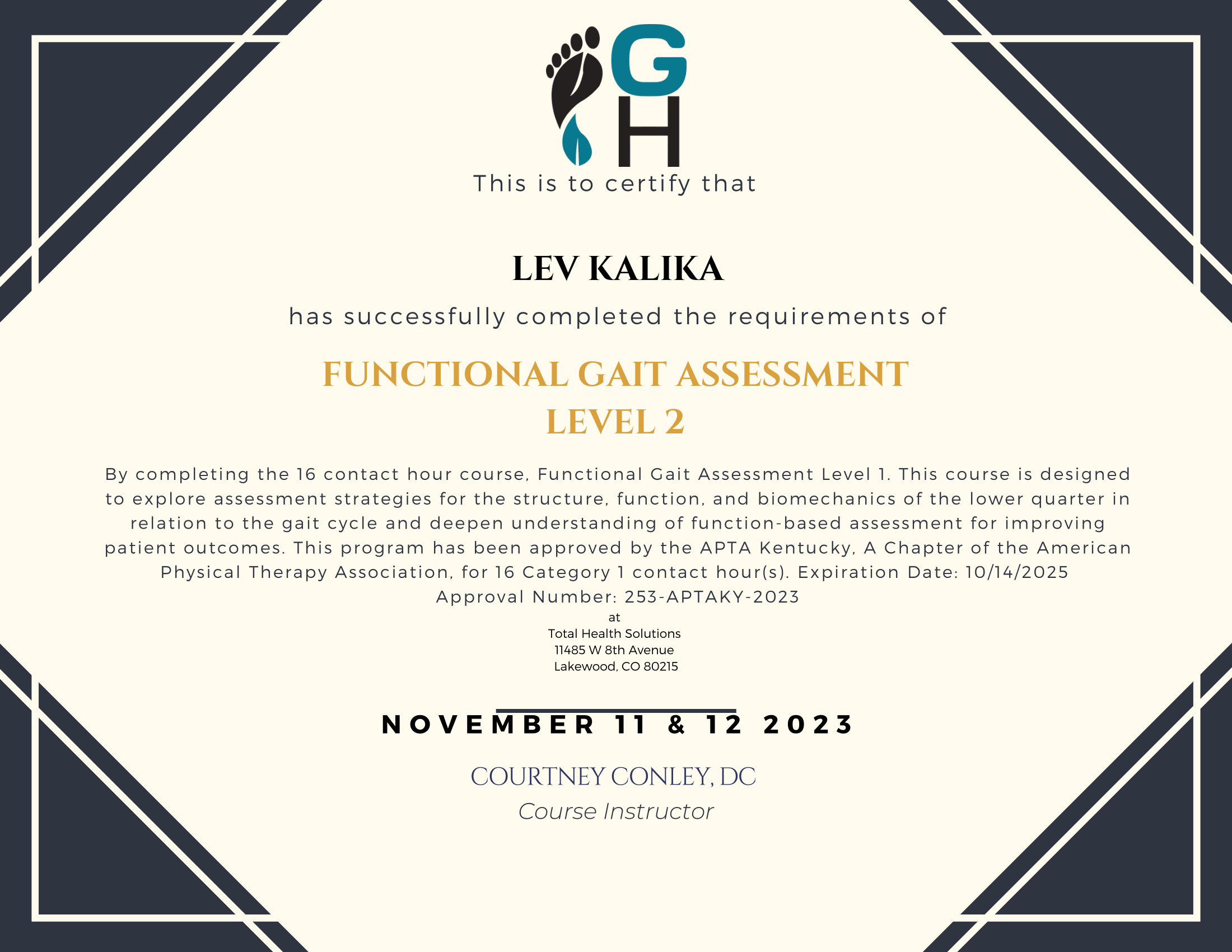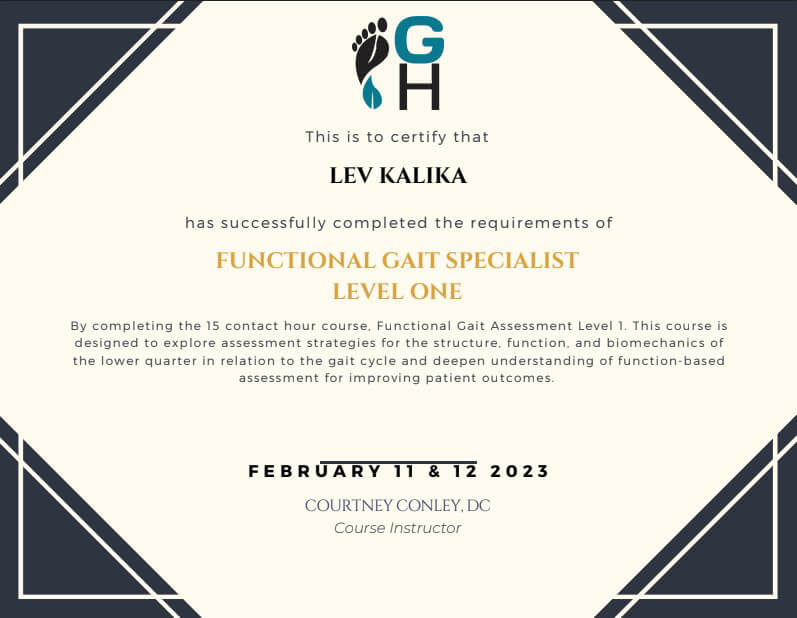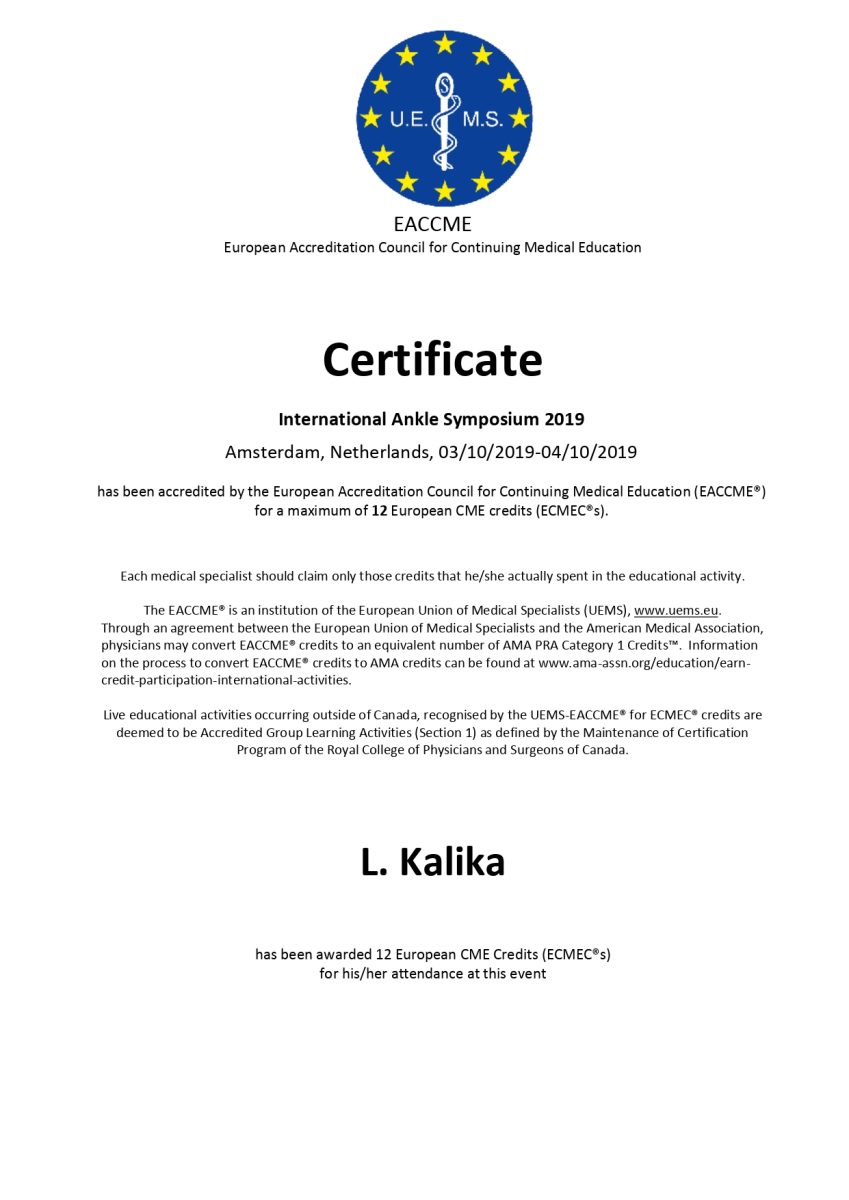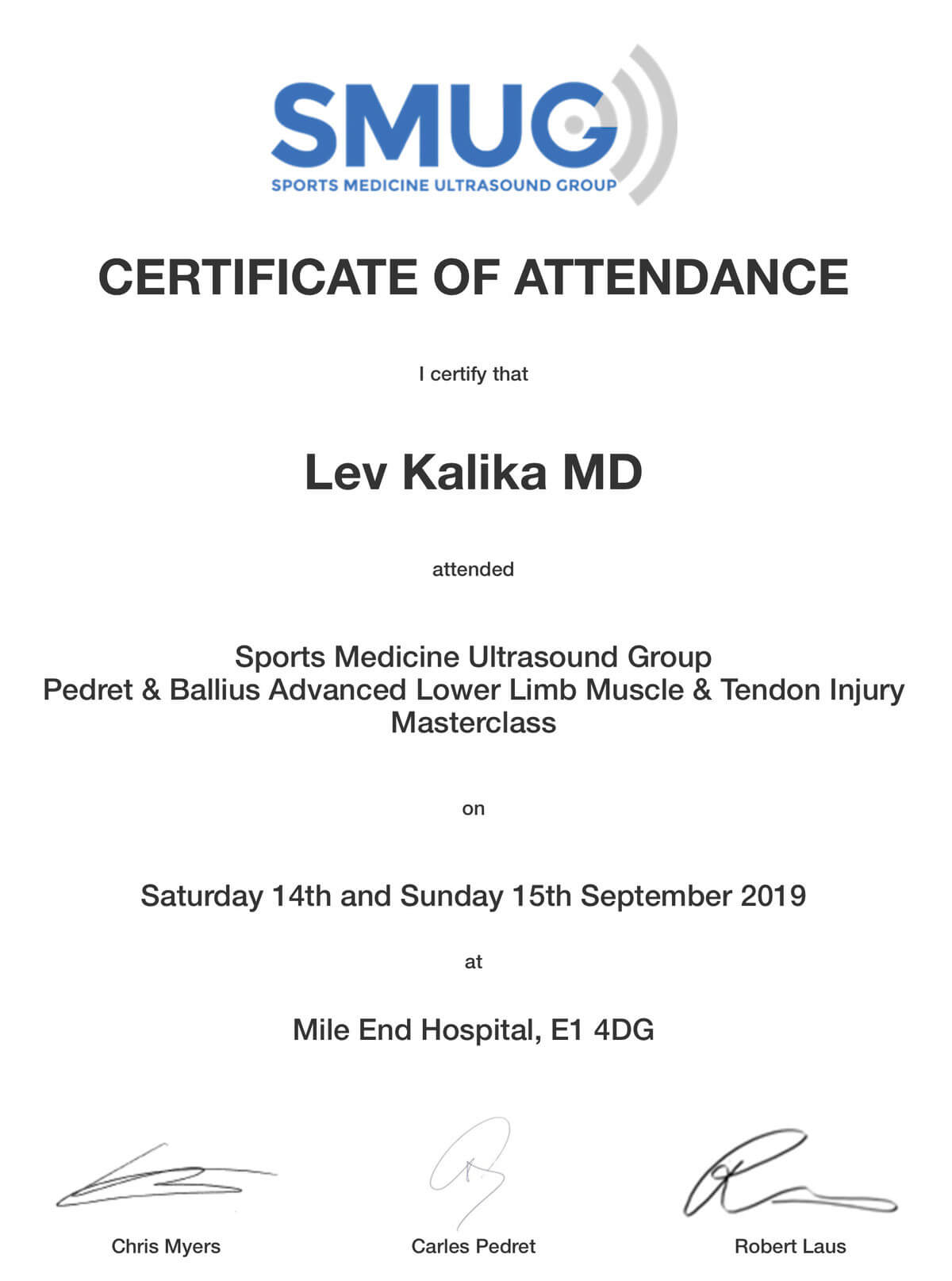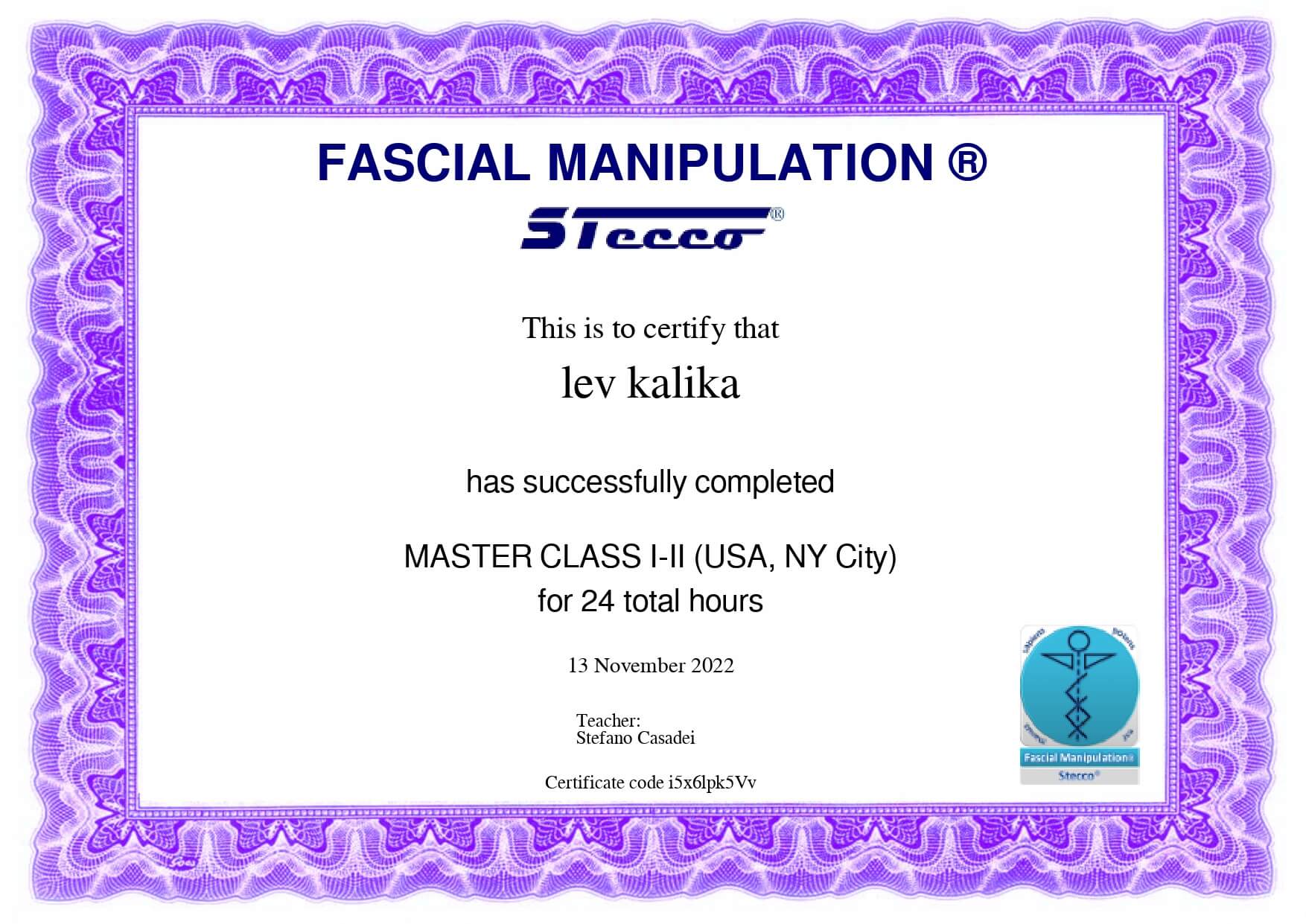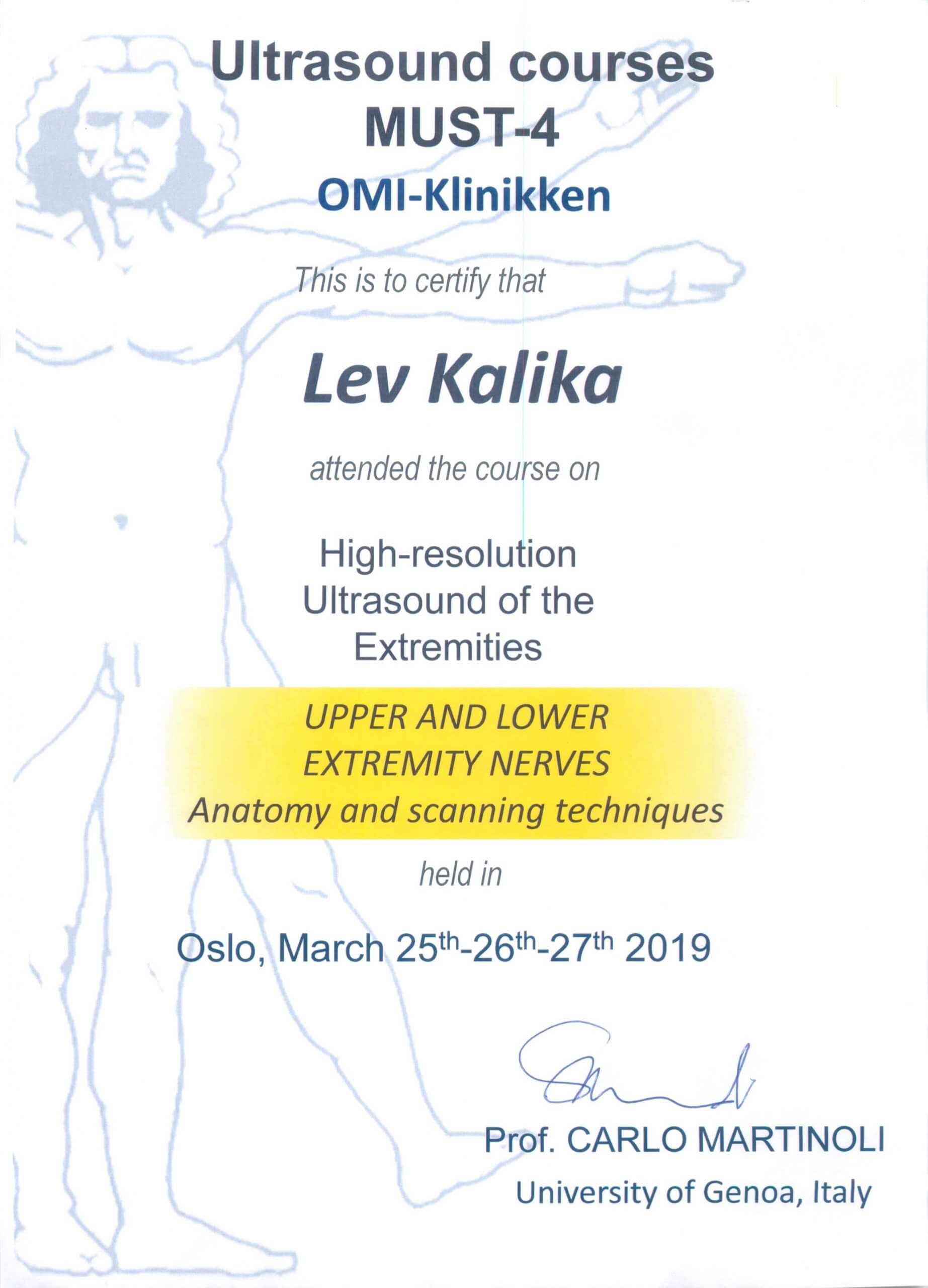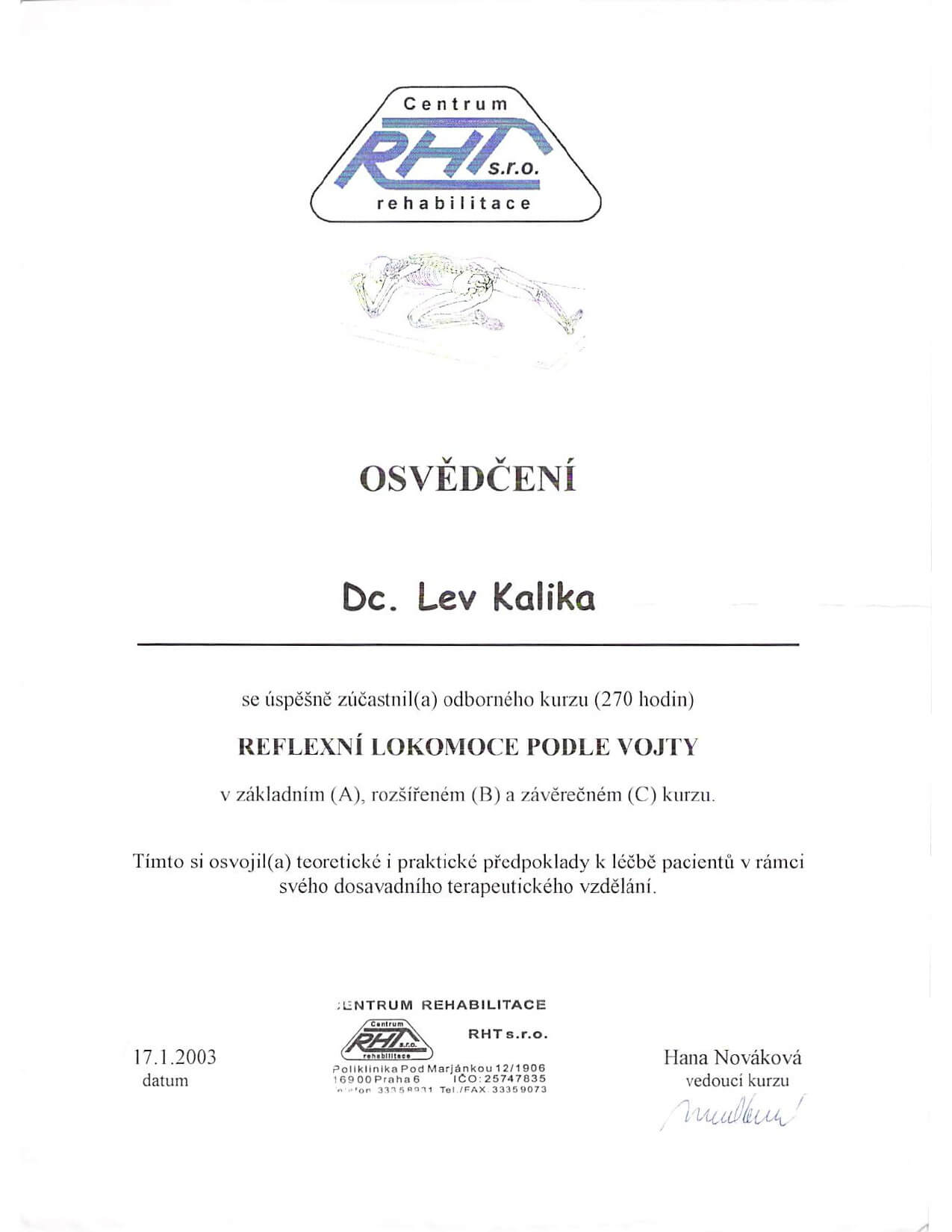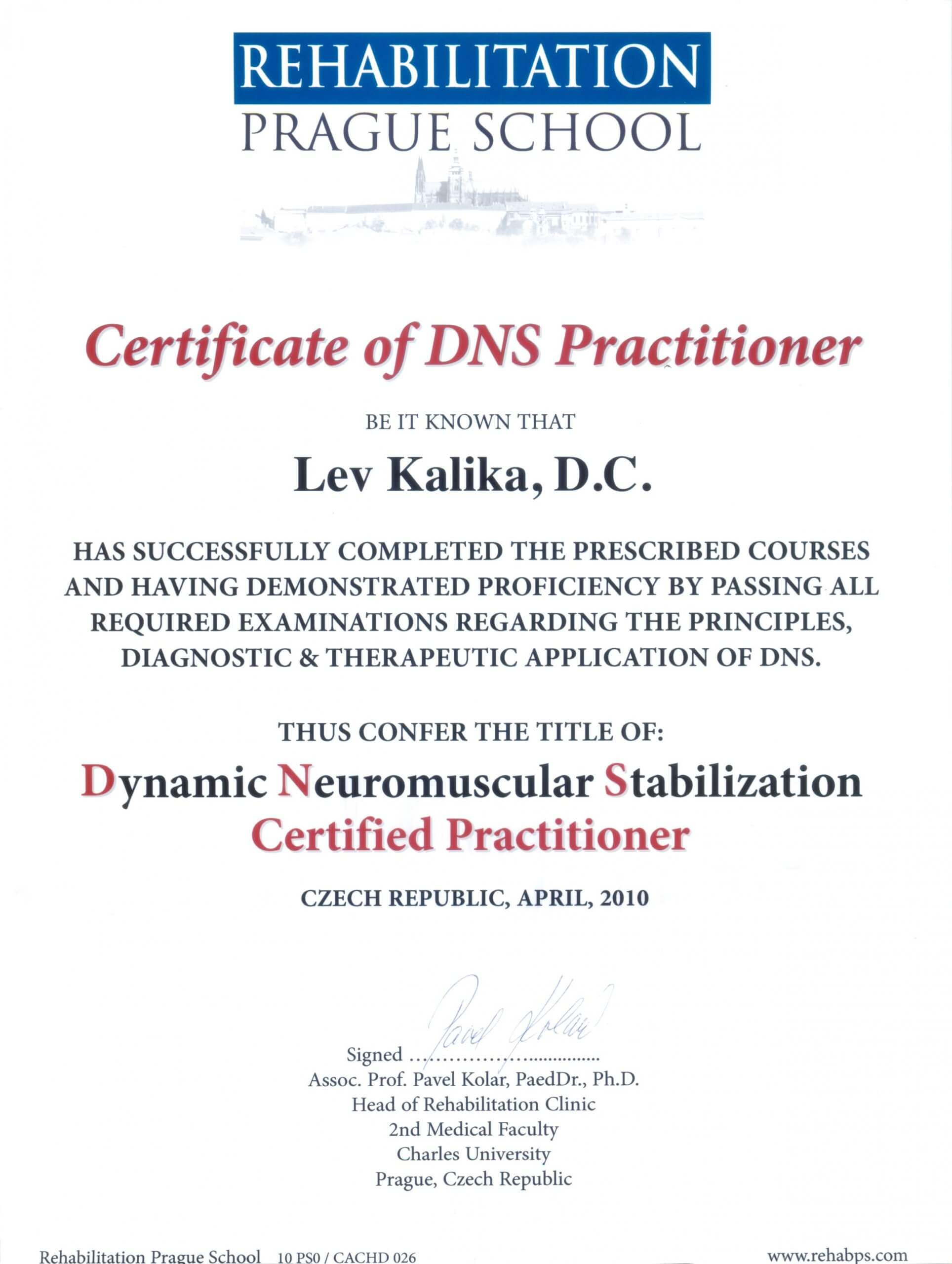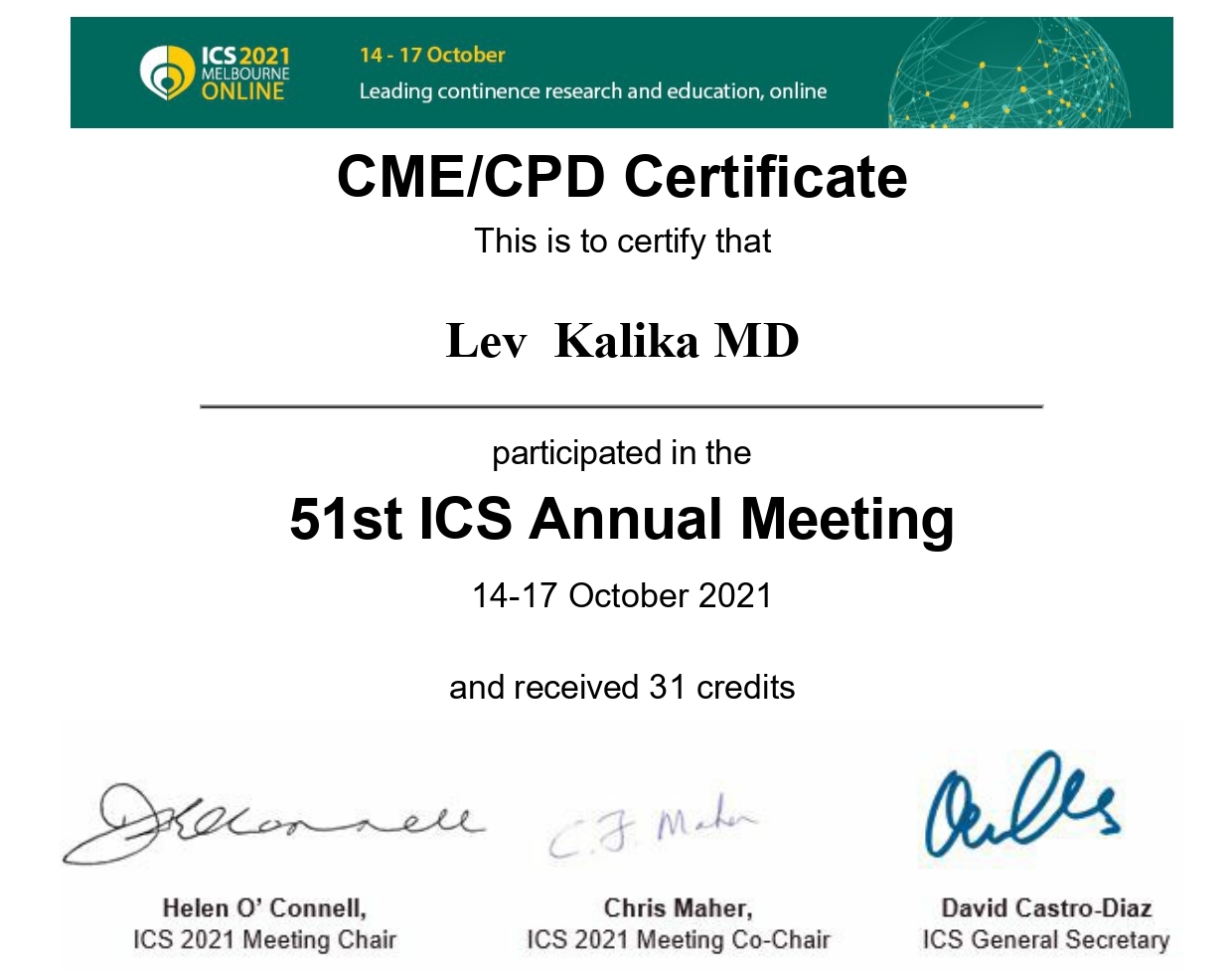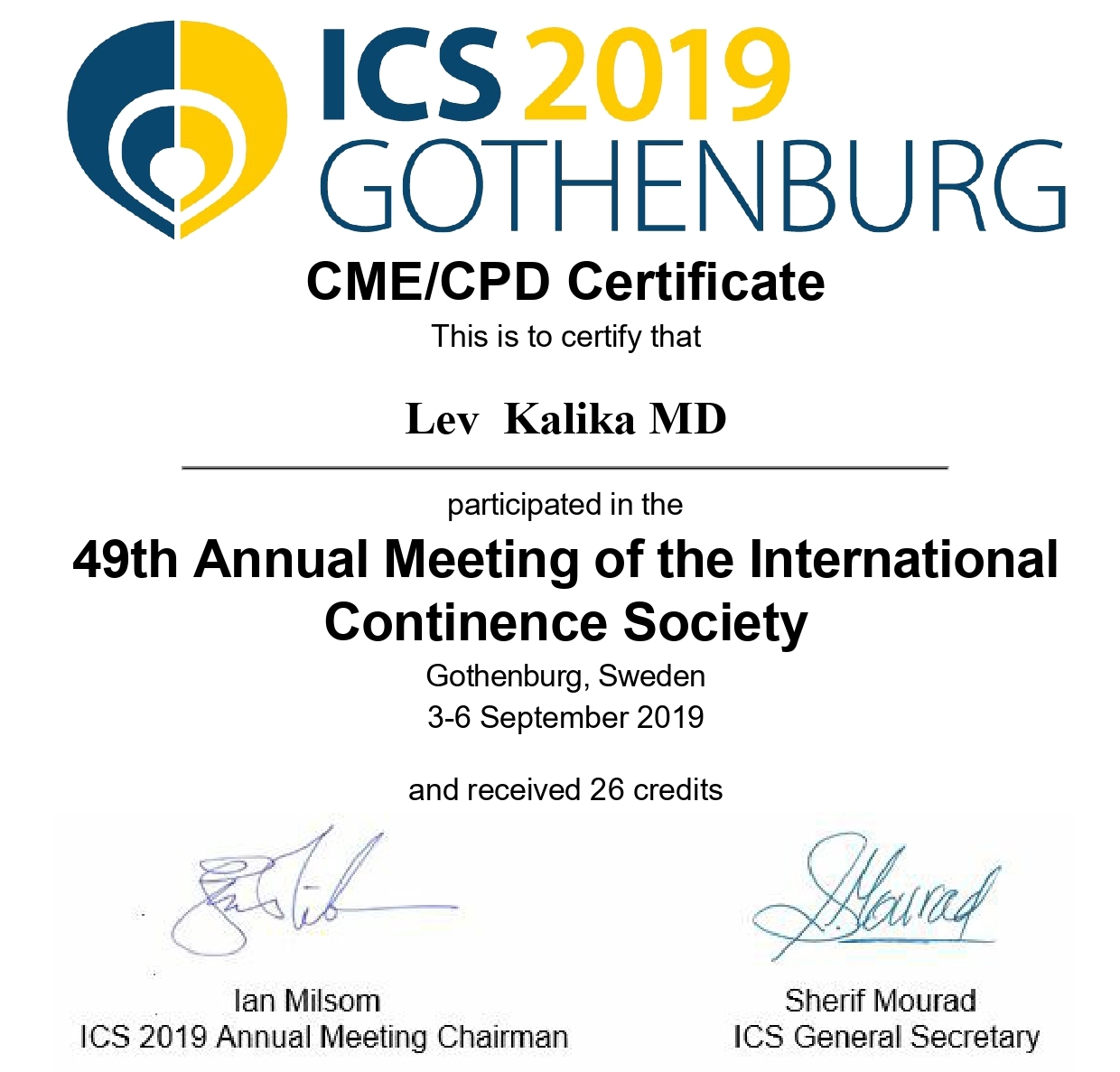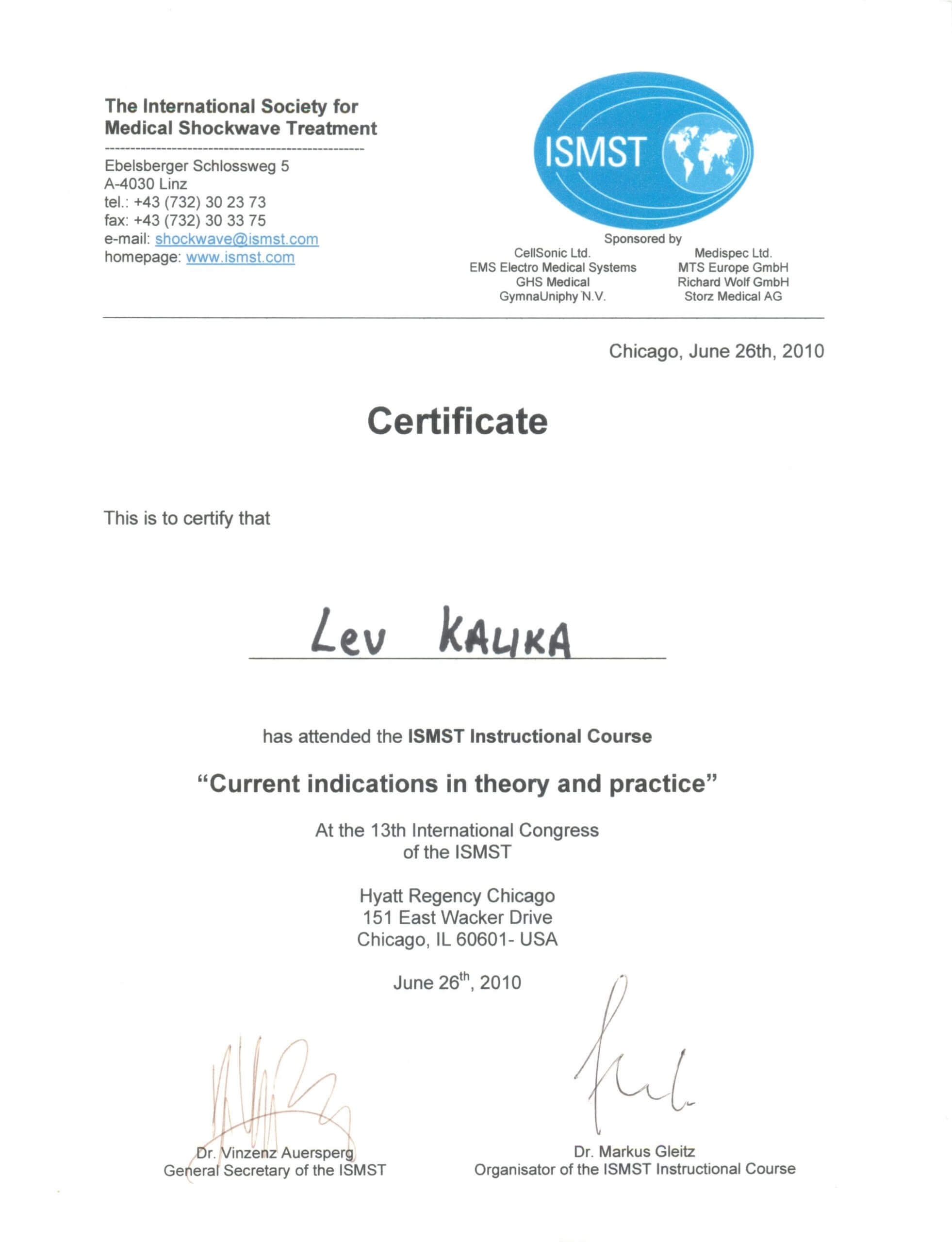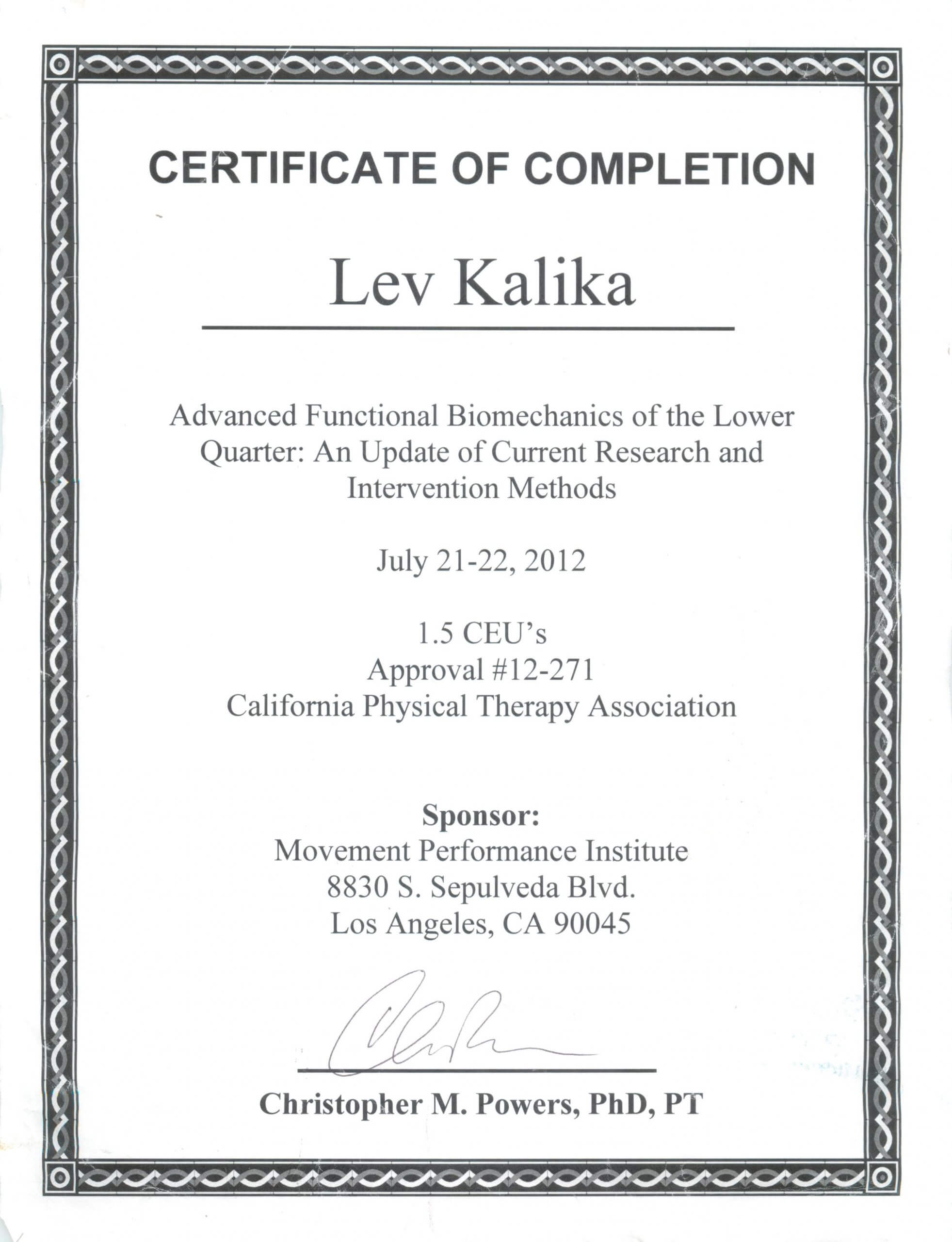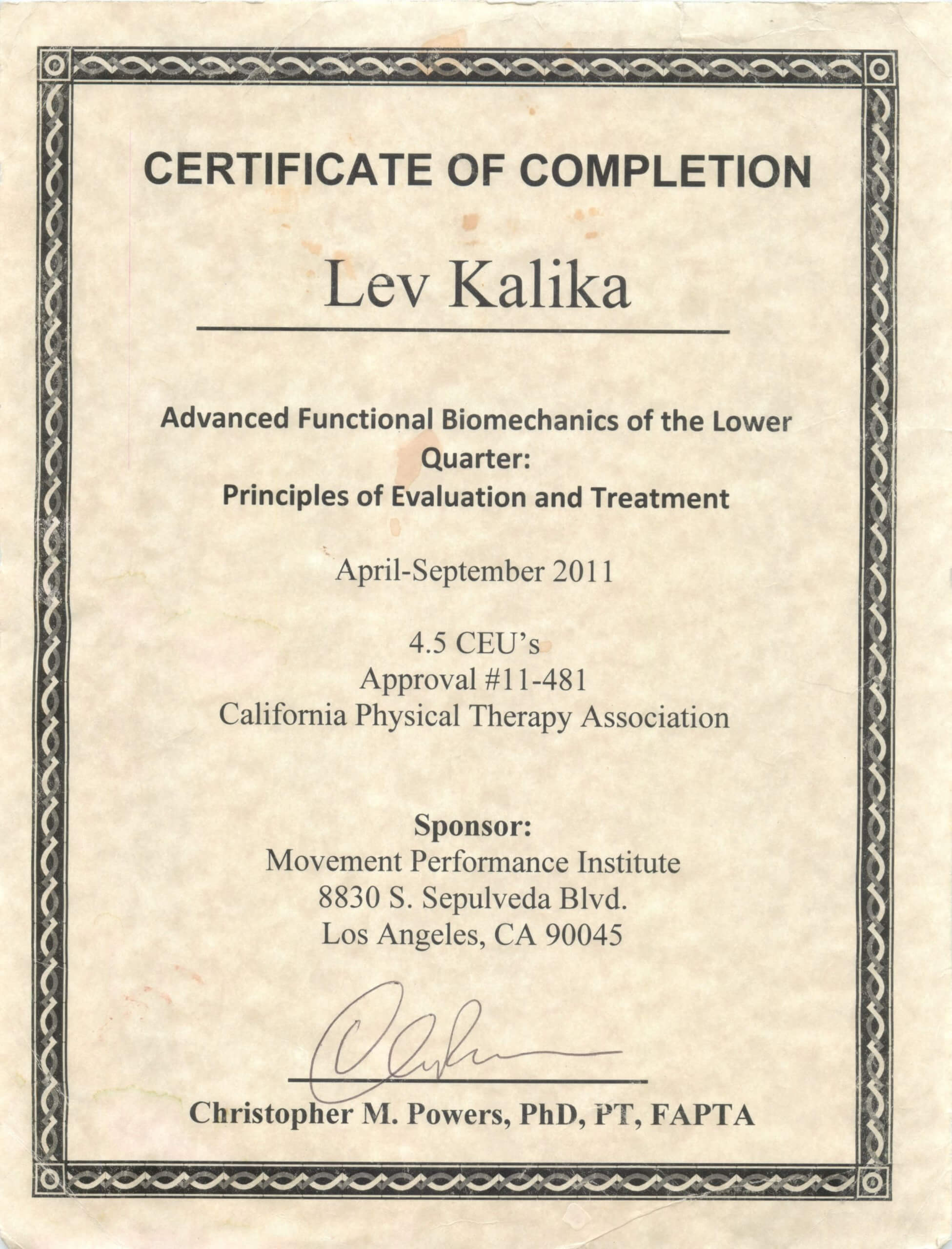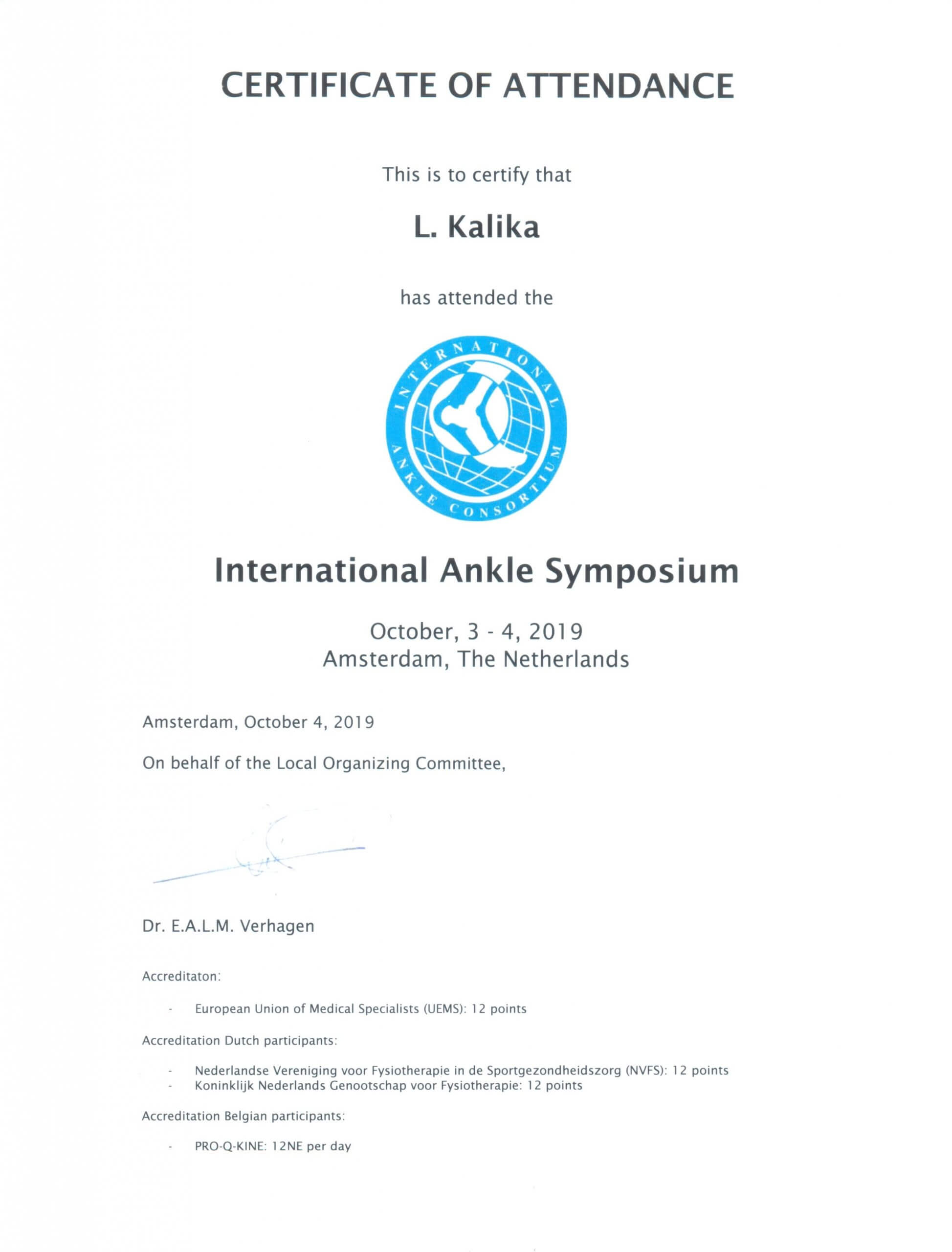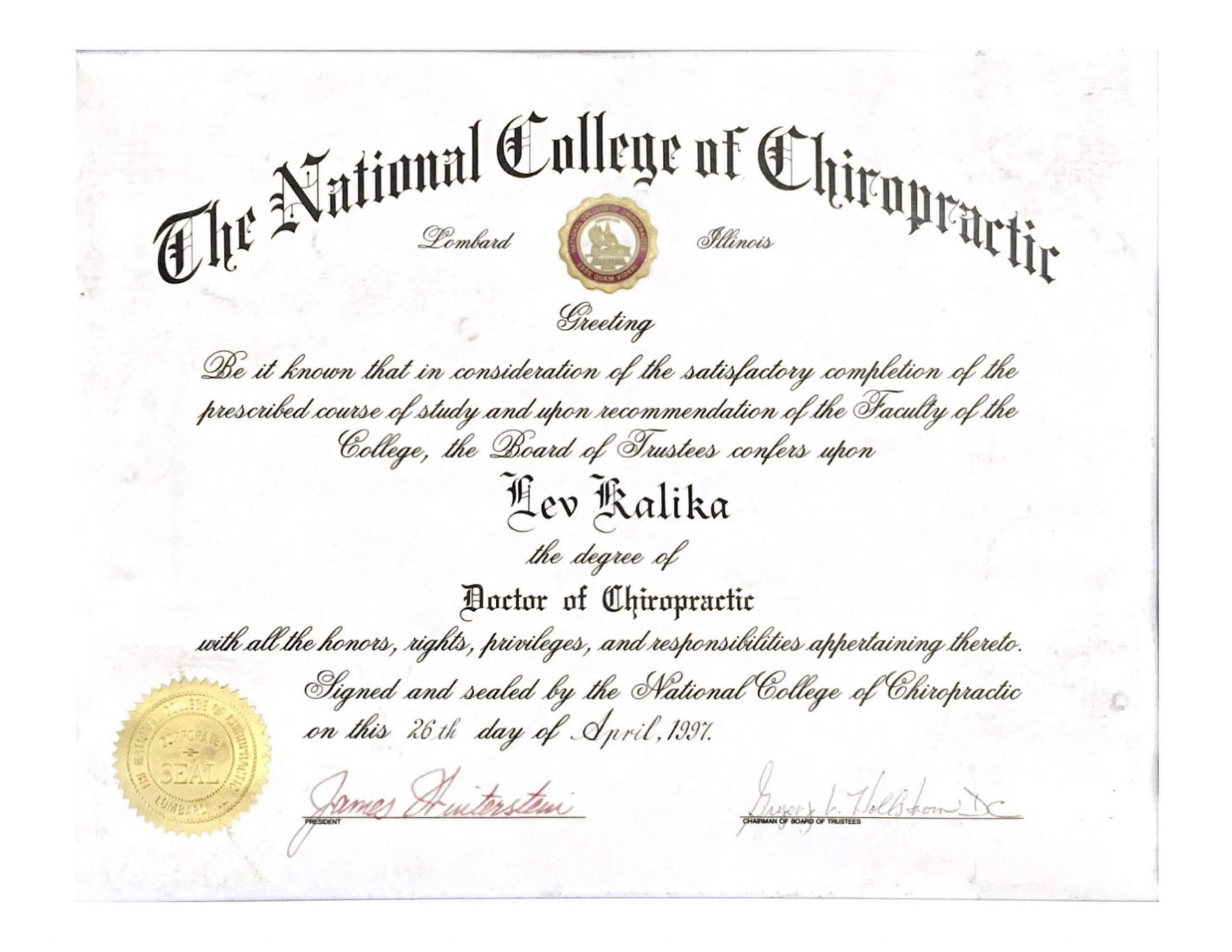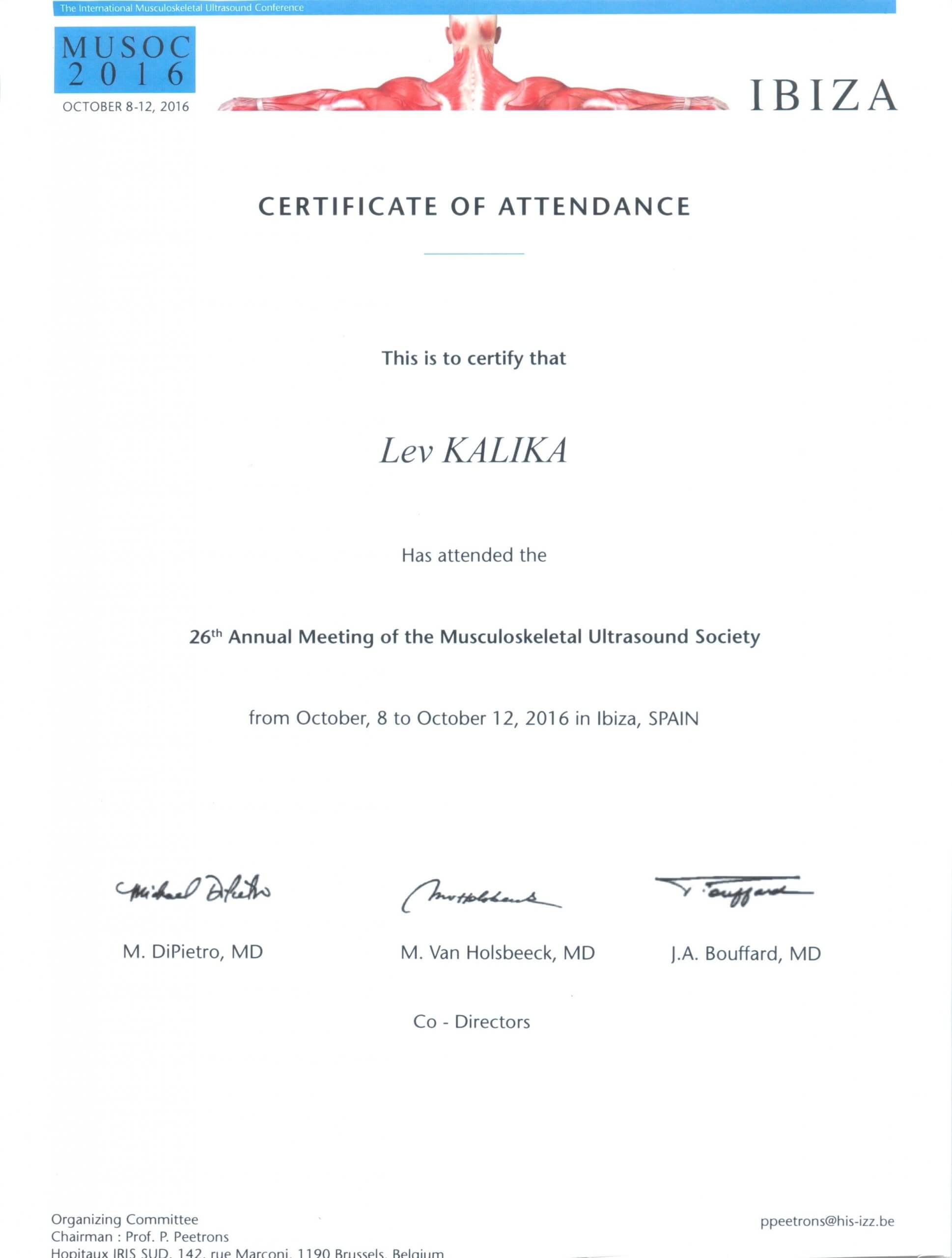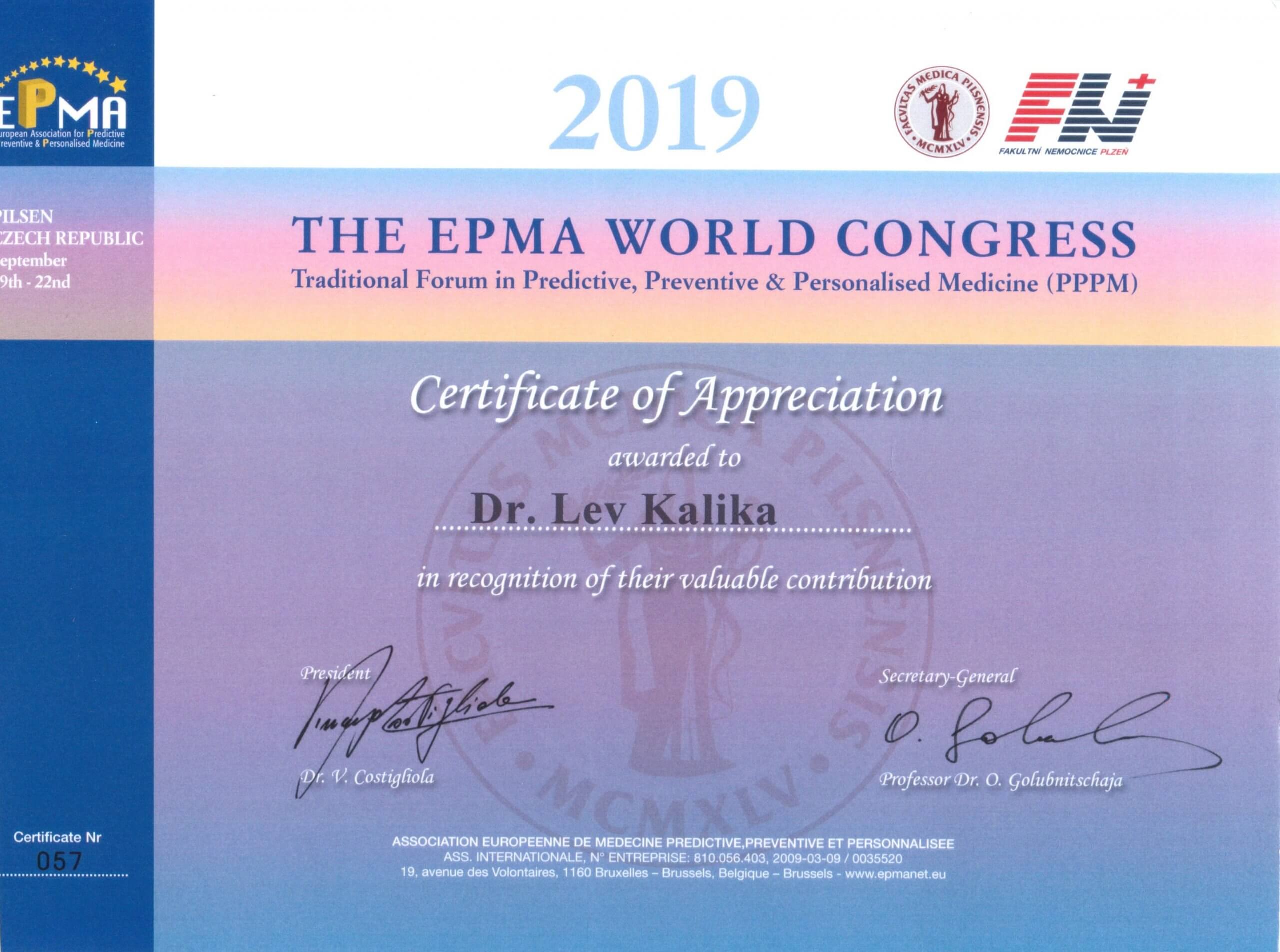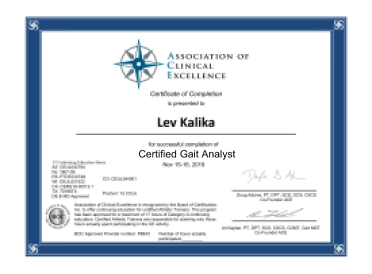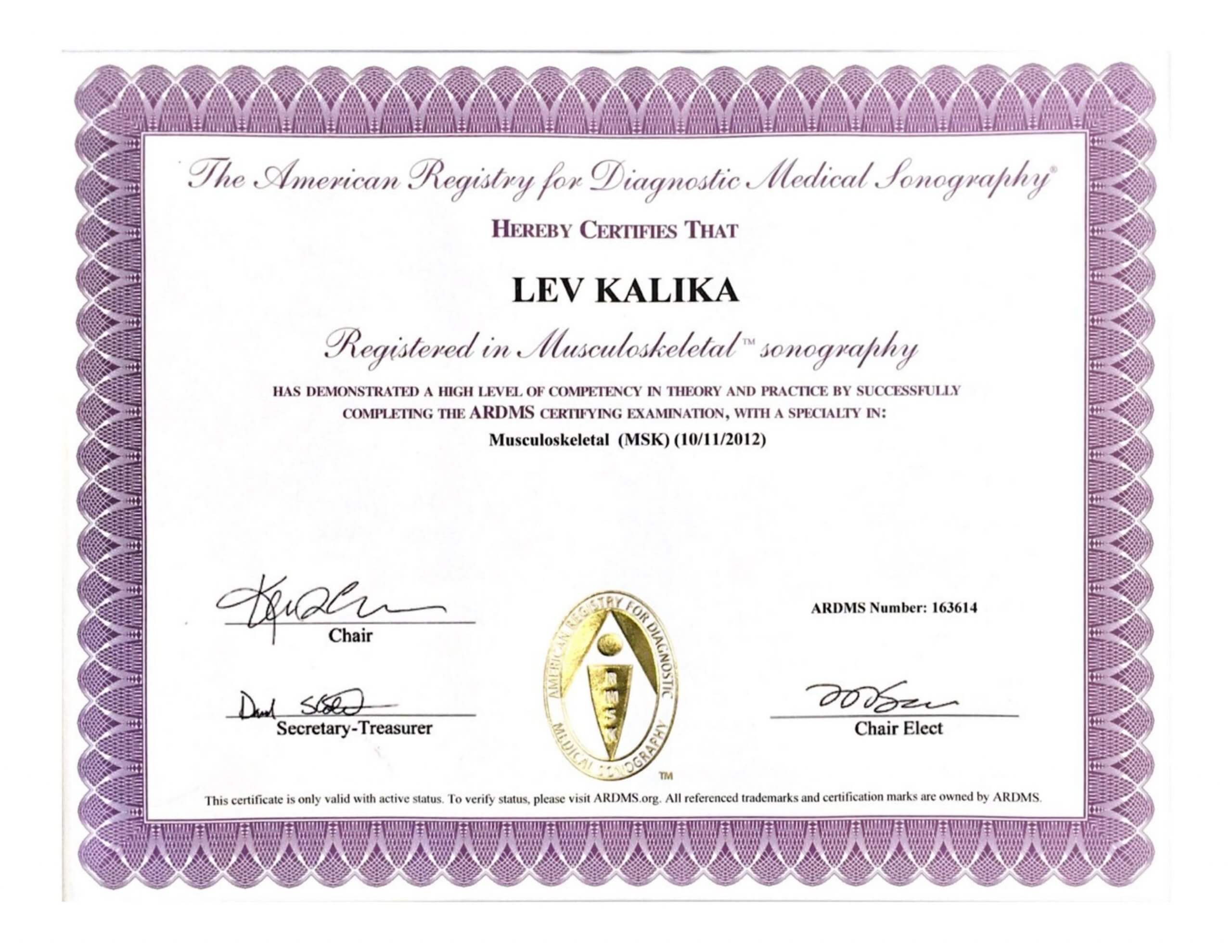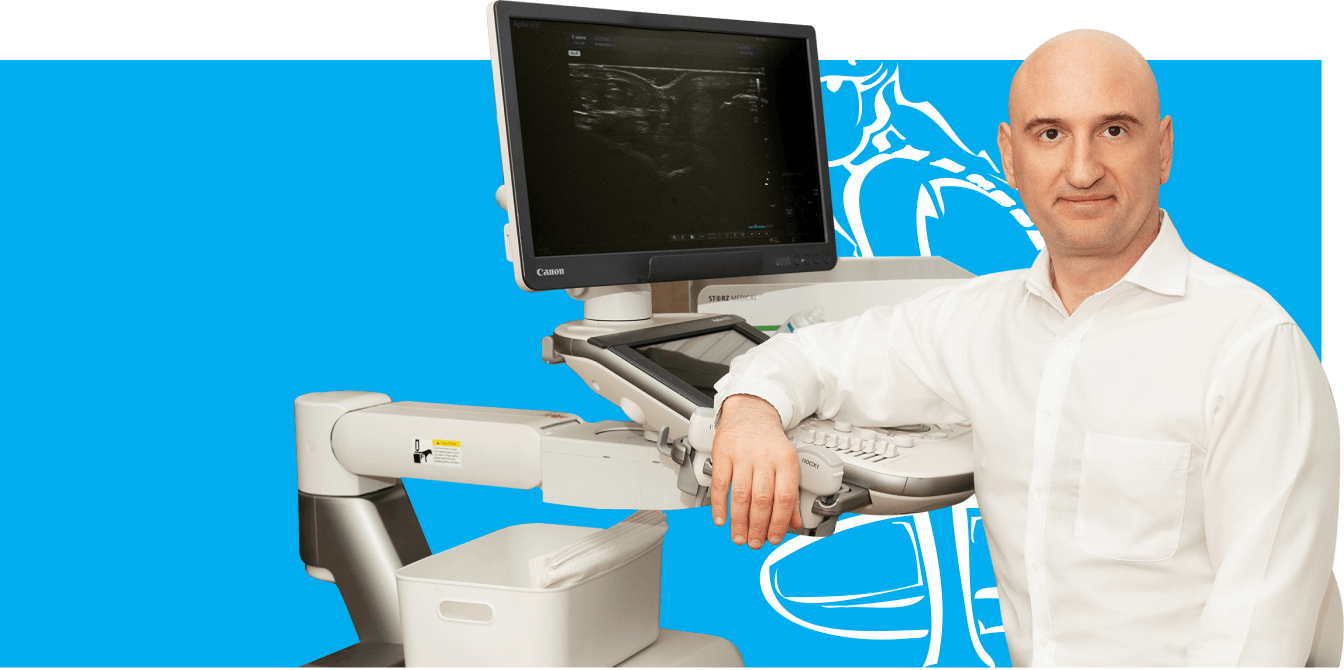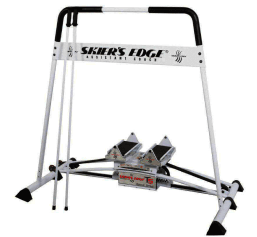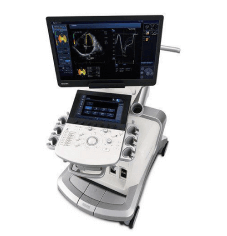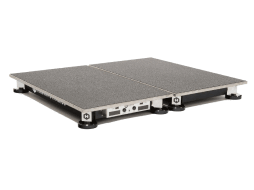Carpal tunnel syndrome can be painful and debilitating for people who suffer from it. Traditionally, doctors have recommended surgery to provide relief from the pain and symptoms of the disorder.
A recent study showed that manual physical therapy can be equally effective for the treatment of carpal tunnel syndrome, and as a non-invasive option, it may be preferable for those who have developed it.
Carpal tunnel syndrome is fairly common in the U.S. It has a reported prevalence of between 6 and 11 percent annually. Over a six-year period, people who suffer from CTS have total income losses per person that range from $45,000 to $89,000.
Carpal tunnel syndrome can happen when people regularly perform repetitive motions with their hands and wrists as routine parts of their jobs. The condition happens because of a narrowing of the carpal canal in the wrist, which then places pressure on the nerve that runs through it. Researchers in Spain were interested in learning about whether or not manual physical therapy may be a good treatment alternative to surgery, which is normally used to improve hand function and to alleviate pain.
The researchers randomly assigned 120 women either to a group that received surgery or a group that received manual physical therapy. The women who were in the group receiving physical therapy attended three 30-minute weekly sessions of physical therapy. At the appointments, the women received treatment to stabilize their soft tissues.
They also performed tendon and nerve gliding exercises that were focused on the areas of their wrists where their median nerves were believed to be entrapped. The women in both groups reported back for follow-up appointments at one, three, six and 12 months following the completion of their treatment. The researchers used the following to assess the women’s improvement at each appointment:
- 11-point scale for rating pain
- Boston Carpal Tunnel Syndrome Questionnaire
- Patient self-reports
Women in both groups reported similar pain relief and functional improvement at their six-month and 12-month follow-up appointments. At the one-month and three-month follow-up appointments, however, the women who had received manual physical therapy instead of surgery reported greater functional improvements and pain relief as compared to those who received surgery.
The researchers recommend that manual physical therapy should be chosen as the first option for the treatment of carpal tunnel syndrome. They also reported that people prefer to receive more conservative treatment such as physical therapy because it has lower risks than those that are associated with surgery.
They also stated that additional research should be performed with men to see if they have similar outcomes as the women in the study did. The trial was reported in the “Journal of Pain,” which is a peer-reviewed journal that is published by the American Pain Society.
As the study’s results indicate, people who are suffering from CTS may want to ask their doctors about using manual physical therapy instead of surgery as their first treatment options. If the physical therapy works, they may then be able to avoid having to undergo surgery.




